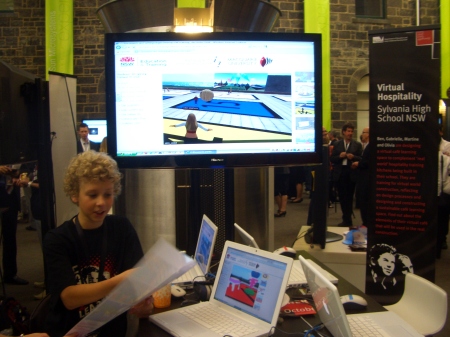You have it, you can share it. You need it, you can borrow it. Office space, accommodation, cars, books, videos, bikes, presentations, handbags, appliances…
Has all this real world sharing been sparked by the online sharing that is now second nature?
A study released last week, The New Sharing Economy, by Latitude Research and Shareable Magazine, was prompted by the surge in sharing startups driven by social technology.
“The rise of sharing requires us to use a new language where ‘access’ trumps ‘ownership’; social value becomes the new currency; ‘exchanges’ replace ‘purchases’; and people are no longer consumers but instead users, borrowers, lenders and contributors. All of this means businesses must redefine their role from providers of stuff to become purveyors of services and experiences,” says Neela Sakaria, SVP of Latitude.
The study found that people who were sharing online were also more likely to share physical items such as dvd’s, bikes, cars & books with strangers.
But this correlation does not necessarily transfer to an offline to online cause relationship. Perhaps people who are more likely to share in real life are encouraged to head onto the interwebs and share away. Rather than the online sharing activities “spurring” more offline sharing.
Or perhaps ‘sharers’ share wherever they happen to loiter – bookcrossing.com or Prahran library – and with an increase in social technology the opportunities to engage in sharing activities are everywhere.
In short. There is more sharing. Don’t fight it, just share it.



















